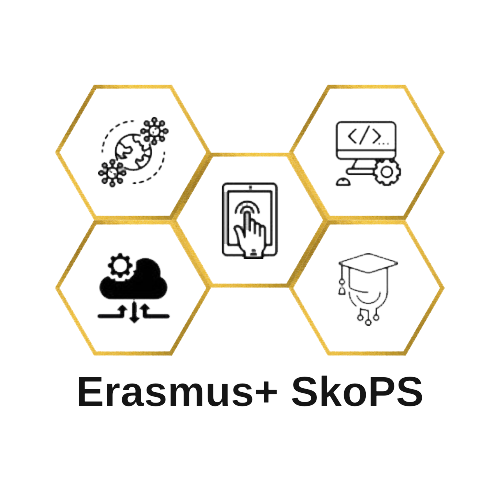Course Description
Big data management is one of the state-of-the-art technologies that refer to organizing, controlling, storing, and processing vast and complex data, whether the data is structured, unstructured, or semi-structured. Big Data brings insights to drive novel techniques and strategies in industrial and scientific works as well as establishing high data quality for big data analysis.
This course provides modern, approved, and most favorable Big Data Management methods, challenges, and ways of addressing them. This course prepares you to utilize Big Data Management strategies and techniques to govern big data, locate valuable information, and analyze data and results. To this aim, this course covers both the theoretical and practical parts of Big Data Management. For the theoretical part, we plan to address the basics of Big Data Management, Data Mining, Data Stream Mining, finding frequent items, and the Map- reduce technique by using PowerPoint slides mixed with some further video tutorials from the web. In addition, to educate you practically we have designed a virtual laboratory that concentrates on applications of Big Data Management, using Apache Spark tool.
This course is planned for students of Computer Science, Mathematics, and any other related fields in bachelor or master degree or those who want to learn Big Data Management technologies on a self-learning basis. To use this material you need to have a solid knowledge of Algorithm Design and be familiar with Linear Algebra and Statistics. Besides, for implementing the hands-on project while you are not expected to be an expert in coding, it is necessary to know some basics and have access to the Apache Spark environment.
Students and participants of this course are expected to learn the basics of Big Data Management, concepts and algorithms of Big Data Management, get familiar with Data Mining/ Data Stream Mining, and learn how to work with Big Data Management tools and technologies. This leads them to be able to apply these techniques to organize data, drive information from data, maintain high data quality, and practice Big Data Management on their own after finishing the course.
To reach the course objectives and ensure the proper learning, the course engages diverse activities including, watching videos, reading the materials, participating in quizzes, and completing the final project. This enables you to not only understand the basics of Big Data Management approaches but also apply them to develop a big data architecture, utilize big data management tools, and overcome real-world problems.
